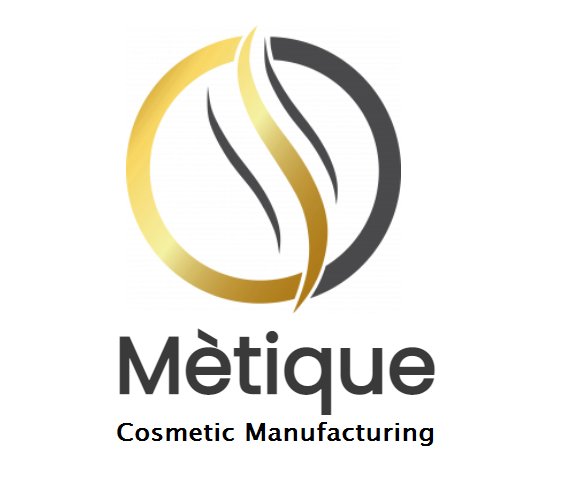Description
What Is a Barcode?
At a basic level, a barcode is a square or rectangle with a combination of vertical black lines of varying thickness and height, white space and numbers that together identify specific products and their relevant information. Computers linked to scanners can read these codes and use the exact combination of bars, spaces and numbers to retrieve the data for that product.
Today, barcodes are found on not only household items that come from supermarkets or retail stores, but licenses, rental cars, checked luggage and hospital bands. In each case, they identify a product or person and encode important details.
Key Takeaways
- Barcodes encode product information into bars and alphanumeric characters, making it much faster and easier to ring up items at a store or track inventory in a warehouse.
- Besides ease and speed, bar codes’ major business benefits include accuracy, inventory control and cost savings.
- There are many types of barcodes, but they all fall into two categories: linear codes, including widely used formats like UPC and EAN, and matrix codes, like QR codes.
- Barcoding has a low barrier to entry—all a business needs is a printer, scanner and basic inventory management software.
Barcodes Explained
Barcodes save time and money because they can be read by a scanner, either a handheld device or one built into a checkout station, instead of an employee having to manually key in product information.
There are two primary types of barcodes: one-dimensional (1D), like those found on food packaging or a shampoo bottle, and two-dimensional (2D), like a QR code on an advertisement that directs the user to that company’s website. Most scanners can only read 1D, or linear, barcodes, and they remain the most popular format; more on 1D vs. 2D codes later.
Two of the most common types of linear barcodes are the Universal Product Code (UPC) in the U.S. and the European Article Number (EAN) in Europe.
How Barcodes Work
The width of the black bars usually represents the numbers 0 or 1, while the sequence of those bars signifies a number between 0 and 9. A computer connected to the scanner has all the information on what item is associated with that unique combination of bars and spaces and may add, multiply or divide those numbers to identify the correct product, which shows up on the screen.
In a warehouse, the barcode might encode an item’s size, color and other attributes, as well as its location, so the company has a detailed view of current inventory and can quickly fulfill orders or conduct physical inventory counts. In a retail setting, this information could include the product name and price that an associate needs to check out a customer. Organizations can use barcodes to track goods throughout their life cycle, from manufacture to distribution to purchase to service and repair.





